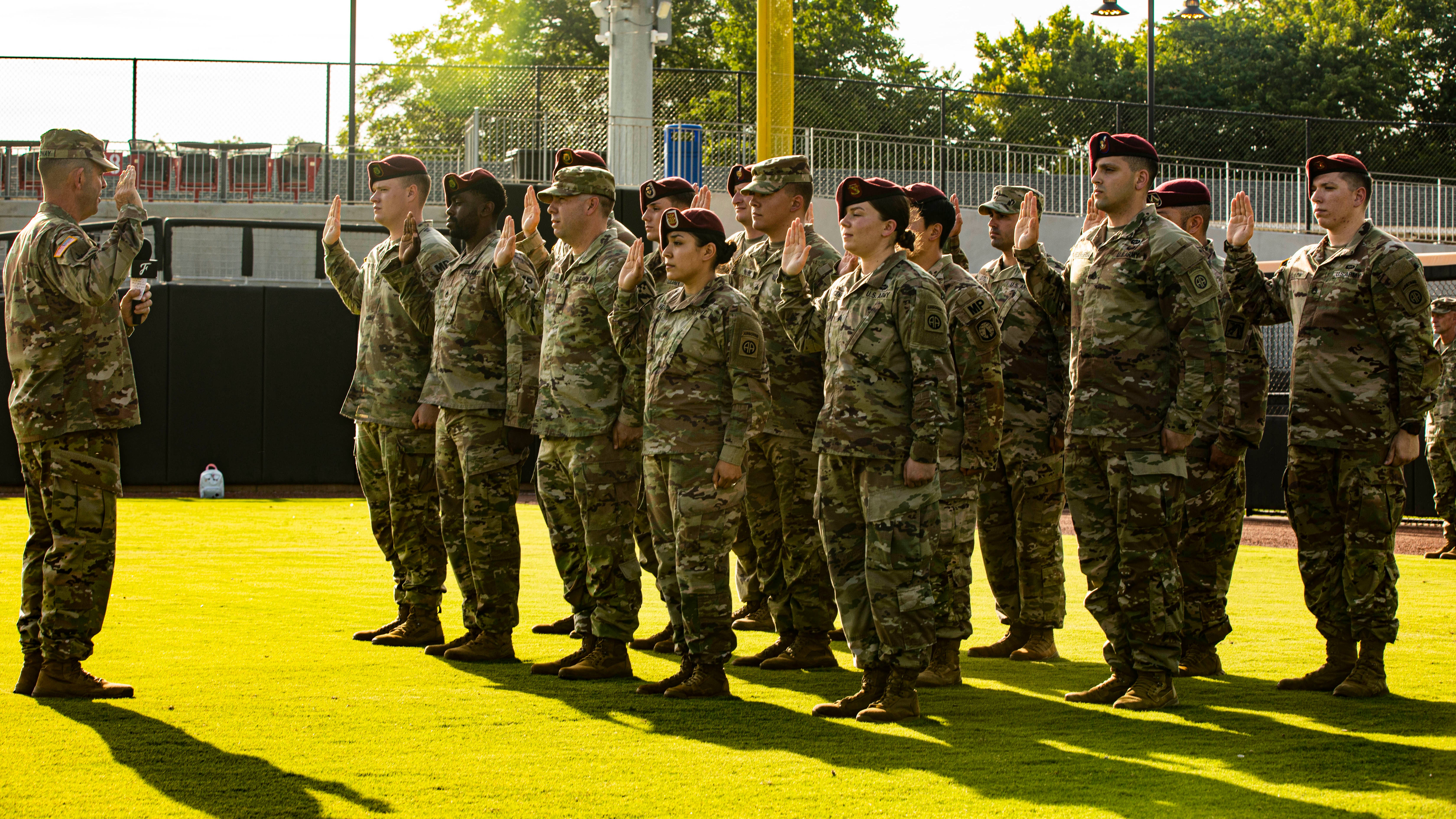Preparing for The Next Fight: Building Warfighter Readiness in a Changing World
The Association of the U.S.
The Association of the U.S.

Despite advancements in technology, the world is entering into a new era of conflict that will be defined by indecisive warfare, according to a new paper published by the Association of the U.S. Army.

Amid worrying indications that countries such as Russia and Iran may be driven to more frequent use of proxy warfare, the U.S. Army needs to invest in countering such conflicts, a recent report from the Rand Corp. says.

The future of armed conflict is best understood through the lens of a conflict realist, according to a new paper published by the Association of the U.S. Army.
In “The War for the Soul of Military Thought: Futurists, Traditionalists, Institutionalists and Conflict Realists,” author Lt. Col. Amos Fox argues that mainstream schools of thought regarding war and warfare oversimplify the reality of armed conflict.

Getting blood to the front lines of future battles is a critical survival factor for injured troops and a challenge for Army medical personnel.
The Iraq and Afghanistan wars proved the value of having blood available as close as possible to the front lines, Brig Gen. Mark Thompson, Army Medical Command’s deputy chief of staff for support, said during a Warriors Corner presentation at the Association of the U.S. Army’s Global Force Symposium and Exposition in Huntsville, Alabama.

People are the centerpiece to building the Army of 2040, and the service is going to have to “recruit differently” to meet the most challenging recruiting environment in decades, senior leaders said.
A new cross-functional team focused on contested logistics is being stood up in Huntsville, Alabama, the commander of Army Futures Command announced March 29 at the Association of the U.S. Army’s Global Force Symposium and Exposition.

While autonomous capabilities are expected to be ubiquitous in the Army of 2040, it is unlikely that entire formations will be replaced by autonomous systems, Army Futures Command leaders said.
“As we have been studying this and war-gaming this, we believe human-machine integration will be at the core of our formations as we move forward,” Lt. Gen. Scott McKean, director of Army Futures Command’s Futures and Concepts Center, said March 28 at the Global Force Symposium and Exposition hosted by the Association of the U.S. Army in Huntsville, Alabama.

The Army’s new approach to acquiring the systems it needs to modernize is “pretty quick” compared to the cumbersome, yearslong process of the past, said Army Chief of Staff Gen. James McConville.
With 34 major modernization systems coming to bear as part of the Army’s transformation through 2040, of which 24 systems are on track to be fielded or in prototype “in the hands of soldiers” this year, the Army has been able to streamline its process by having industry present ideas on paper first, McConville said.

The Army is committed to improving its installations and ensuring they are modern and resilient, a senior Army leader told lawmakers.
“Installations are at the epicenter of everything we do in the Army,” Rachel Jacobson, assistant Army secretary for installations, energy and environment, said during a hearing before the House Armed Services subcommittee on readiness. “They’re where we train, work, learn and live. To strengthen Army readiness and build the force of the future, we must be laser-focused on providing state-of-the-art installations.”